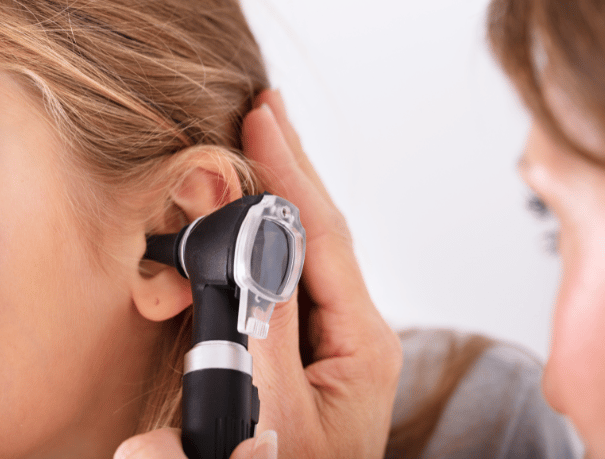MRI for the detection of Ménière's disease
What does it consist of?
MRI for the detection of Ménière’s disease makes it possible to detect the existence of a dilation of the membranous labyrinth, a situation known as endolymphatic hydrops. To do this, the patient is administered paramagnetic contrast (gadolinium) intravenously. After 4 hours, the time in which it is estimated that the gadolinium has entered the inner ear, the magnetic resonance is performed. This test makes it possible to visualize the altered fluid in the inner ear and whether the endolymphatic space is dilated, a conclusive sign for the diagnosis of Ménière’s disease.

CASES IN WHICH IT IS RECOMMENDED
Who is it for?
MRI for the detection of Ménière’s disease is mainly indicated in the following cases:
- People with symptoms of hearing loss, pressure in the ear, ringing, vertigo or dizziness.

INSTRUCTIONS
How should you prepare?
First, they will administer a contrast to mark the area. Subsequently, you will have to wait around 4 hours for it to take effect (you will be able to leave the medical center) and, later, an MRI will be performed.
- Metallic objects: The technician will give you the necessary instructions, provide you with a gown, and ask you to remove any metallic objects (jewelry, watches, piercings, hairpins, mobile phones, dental prostheses, and hearing aids).
- Cardiac devices: It is important that you inform the technician about any device that you have implanted in your body (pacemakers, electrodes and clips from previous surgeries).
- Test duration: The test can last from 20 to 45 minutes depending on the study being performed. During this time it is important that you remain still.
- Hydration: Drink plenty of water to remove contrast from the body.

Medical professionals
The specialists who will assist you at CreuBlanca
A team of professionals to take care of you.

Related articles
CreuBlanca's blog
You will find from the hand of our professionals advice to improve your health and information on the latest technologies applied in the medical health sector.
 The Expert's Voice
The Expert's Voice
How to care for your skin in winter: tips to prevent cold-induced dermatitis
 75 years CreuBlanca
75 years CreuBlanca
Stories That Bring Us Together: Cristina Arroyo, Diagnostic Imaging Technician
 CreuBlanca
CreuBlanca

